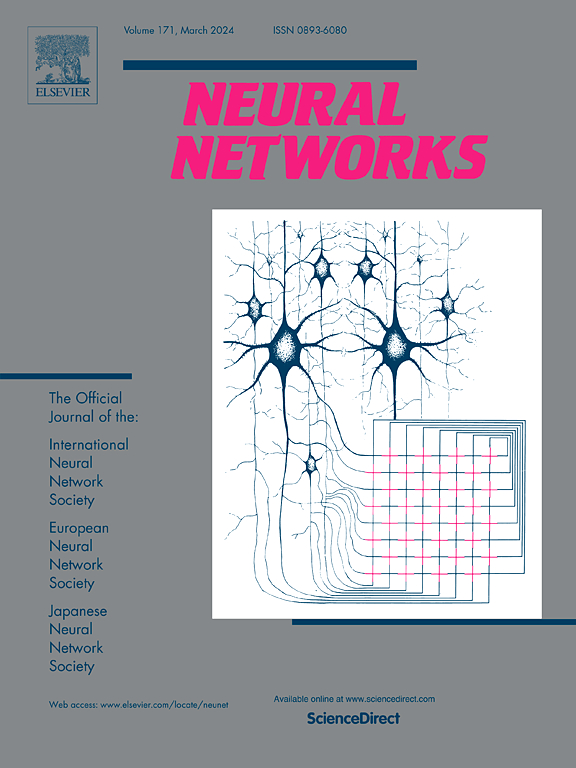LUFormer : A luminance-informed localized transformer with frequency augmentation for nighttime flare removal
IF 6.3
1区 计算机科学
Q1 COMPUTER SCIENCE, ARTIFICIAL INTELLIGENCE
引用次数: 0
Abstract
Flare caused by unintended light scattering or reflection in night scenes significantly degrades image quality. Existing methods explore frequency factors and semantic priors but fail to comprehensively integrate all relevant information. To address this, we propose LUFormer, a luminance-informed Transformer network with localized frequency augmentation. Central to our approach are two key modules: the luminance-guided branch (LGB) and the dual domain hybrid attention (DDHA) unit. The LGB provides global brightness semantic priors, emphasizing the disruption of luminance distribution caused by flare. The DDHA improves deep flare representation in both the spatial and frequency domains. In the spatial domain, it broadens the receptive field through pixel rearrangement and cross-window dilation, while in the frequency domain, it emphasizes and amplifies low-frequency components via a compound attention mechanism. Our approach leverages the LGB, which globally guides semantic refinement, to construct a U-shaped progressive focusing framework. In this architecture, the DDHA locally augments multi-domain features across multiple scales. Extensive experiments on real-world benchmarks demonstrate that the proposed LUFormer outperforms state-of-the-art methods. The code is publicly available at: https://github.com/HeZhao0725/LUFormer.
LUFormer:一种亮度通知的局部变压器,带有频率增强,用于夜间耀斑去除
在夜景中,由无意的光散射或反射引起的耀斑会显著降低图像质量。现有方法对频率因素和语义先验进行了探索,但未能全面整合所有相关信息。为了解决这个问题,我们提出了LUFormer,这是一个具有局部频率增强的亮度通知变压器网络。我们的方法的核心是两个关键模块:亮度引导分支(LGB)和双域混合注意(DDHA)单元。LGB提供全局亮度语义先验,强调耀斑对亮度分布的破坏。DDHA改进了深耀斑在空间域和频率域的表现。在空间域,它通过像素重排和交叉窗口扩张来拓宽感受野,而在频率域,它通过复合注意机制来强调和放大低频成分。我们的方法利用全局引导语义细化的LGB来构建u形渐进聚焦框架。在这个体系结构中,dha局部地增强了跨多个尺度的多域特征。在实际基准测试中进行的大量实验表明,所提出的LUFormer优于最先进的方法。该代码可在https://github.com/HeZhao0725/LUFormer公开获取。
本文章由计算机程序翻译,如有差异,请以英文原文为准。
求助全文
约1分钟内获得全文
求助全文
来源期刊

Neural Networks
工程技术-计算机:人工智能
CiteScore
13.90
自引率
7.70%
发文量
425
审稿时长
67 days
期刊介绍:
Neural Networks is a platform that aims to foster an international community of scholars and practitioners interested in neural networks, deep learning, and other approaches to artificial intelligence and machine learning. Our journal invites submissions covering various aspects of neural networks research, from computational neuroscience and cognitive modeling to mathematical analyses and engineering applications. By providing a forum for interdisciplinary discussions between biology and technology, we aim to encourage the development of biologically-inspired artificial intelligence.
 求助内容:
求助内容: 应助结果提醒方式:
应助结果提醒方式:


